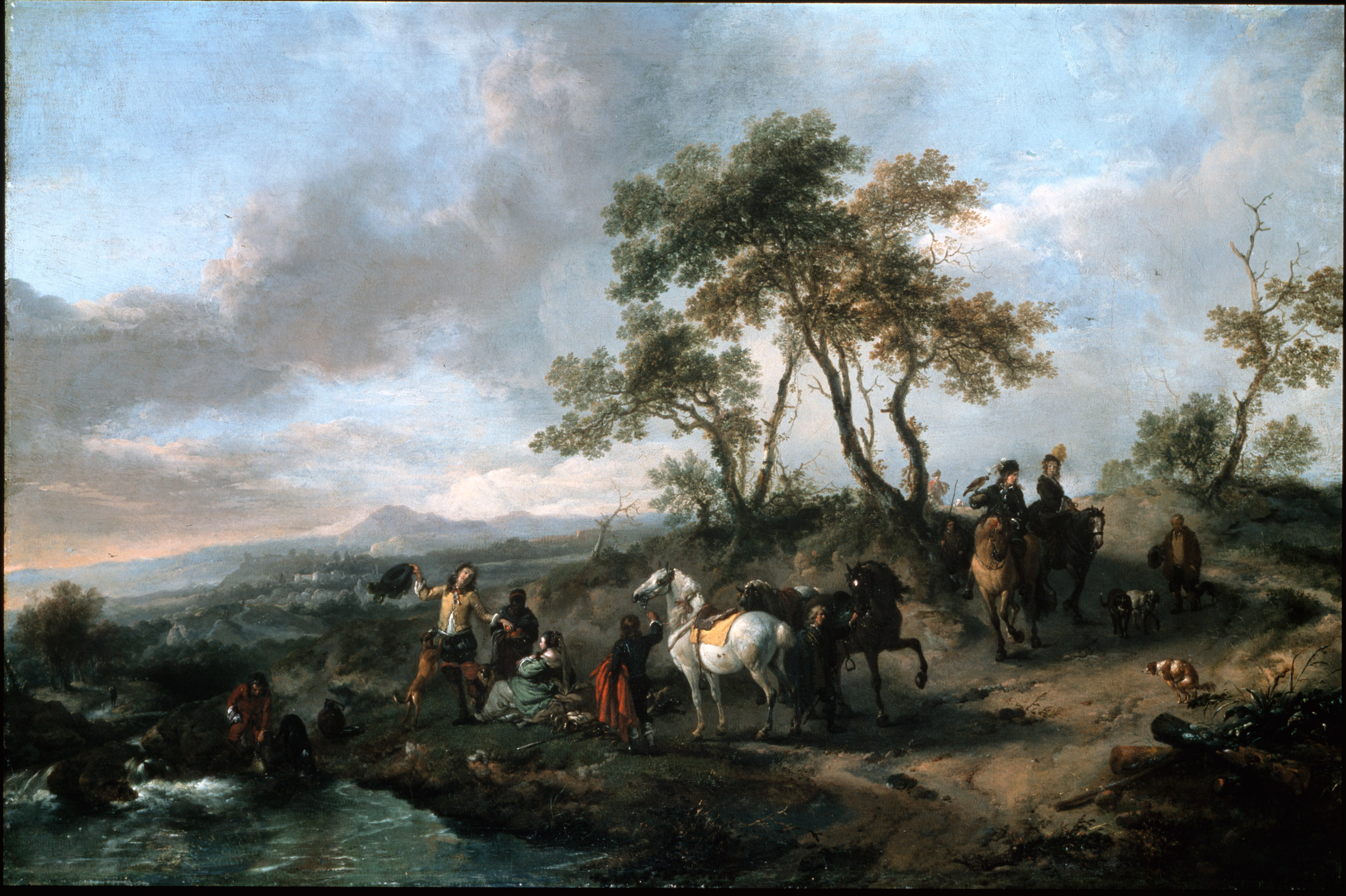Baroque the Streets festival is over. But the wonderful murals will remain.
In May 2013 sixteen of the biggest names in international street artists were invited to Dulwich to create murals based on the 17th century Baroque paintings in Dulwich Picture Gallery’s permanent collection. The creation of a group of carefully curated murals by different artists but with a common theme has never happened before in the history of street art. Together they comprise the registered Dulwich Outdoor Gallery and it is anticipated that they will be permanent.
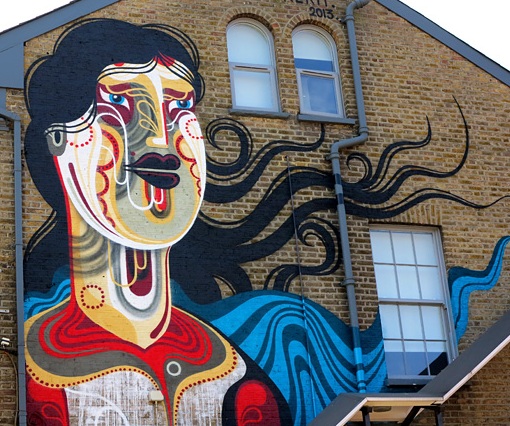
We have so many people to thank for this. The wall owners, Southwark Council, Dulwich Festival, the HUGE coverage in the press and by individuals on the web, and of course the artists who painted for free.
In particular the Capital Pub company who offered us walls on The Paxton, The Victoria Inn and The Florence (yet to be painted). They also offered free accommodation for the artists and financed the painting of their walls.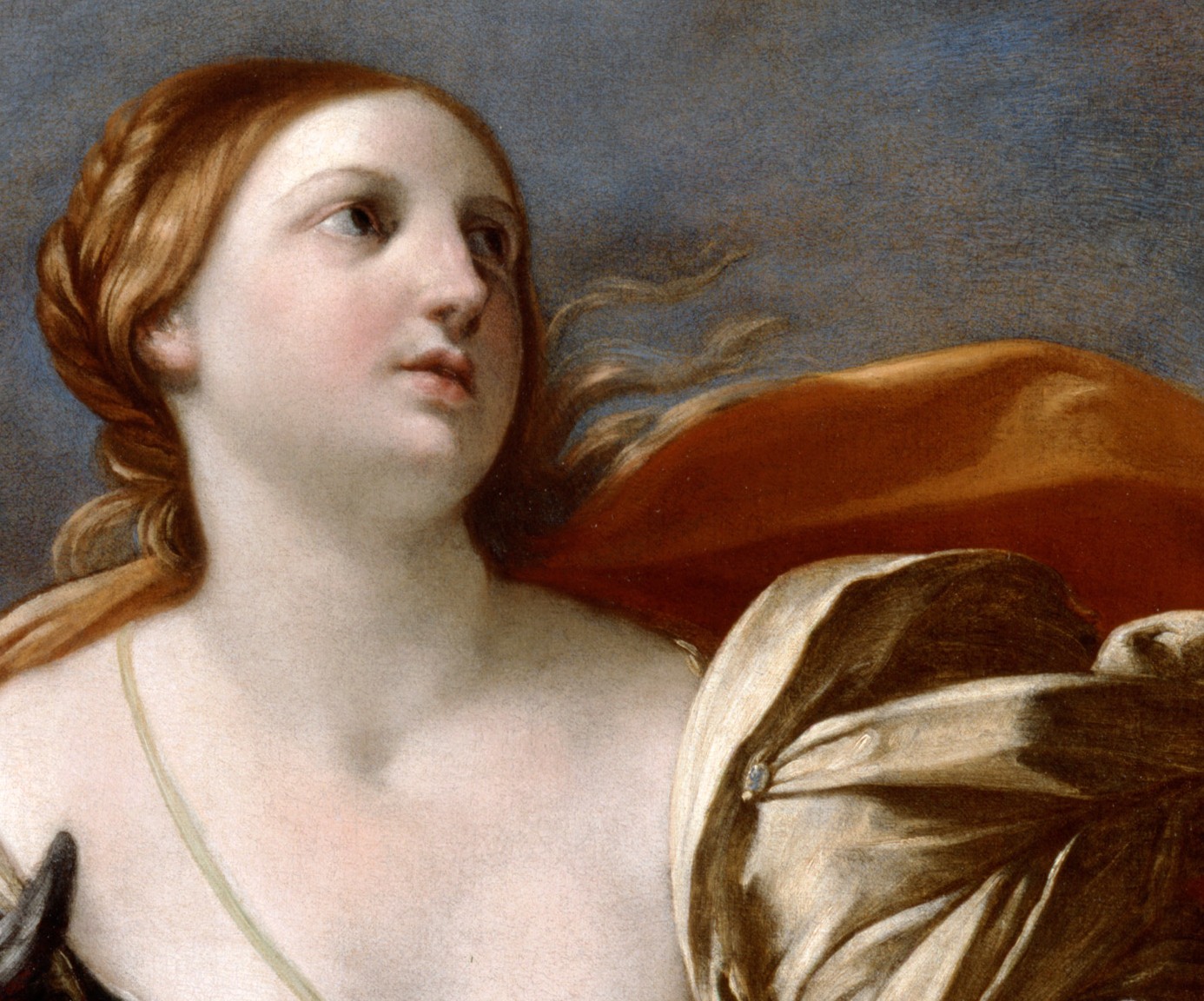
THE PAXTON
The woman’s face on the wall of the Paxton is by Australian street artist Reka. His is art a paradox between sharp design and graffiti and can be seen on both street and gallery walls from Melbourne’s inner suburbs to high-rises in Japan. Reka’s paintings have recently been acquired by the National Gallery of Australia for their permanent collection, cementing his place as one of Australia’s most respected contemporary street artists.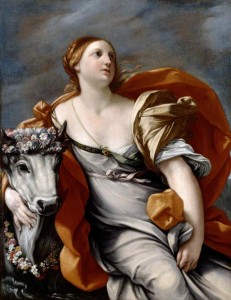
Reka chose to base his mural on the head of Europa in ‘Europa and the Bull’ by Guido Reni
Europa was the daughter of Agenor, King of Tyre. Zeus fell in love with her and transformed himself into a docile bull in order to abduct her from the shore where she was playing. She climbed on his back and they swam away to Crete. She bore him three sons, Minos, Rhadamanthys and Sarpedon.
The myth, with its dark erotic undertones, was one of the most popular classical subjects for 17th-century paintings. Europa is shown at the moment when her disquiet at being abducted begins to turn to love.
THE VICTORIA INN
The dog on the wall of the Victoria Inn is by the Belgian street artist ROA. He is well known nationally and internationally for his black and white animals which can be found on in city streets from New York to Berlin and Warsaw to Paris, and of course many in London.
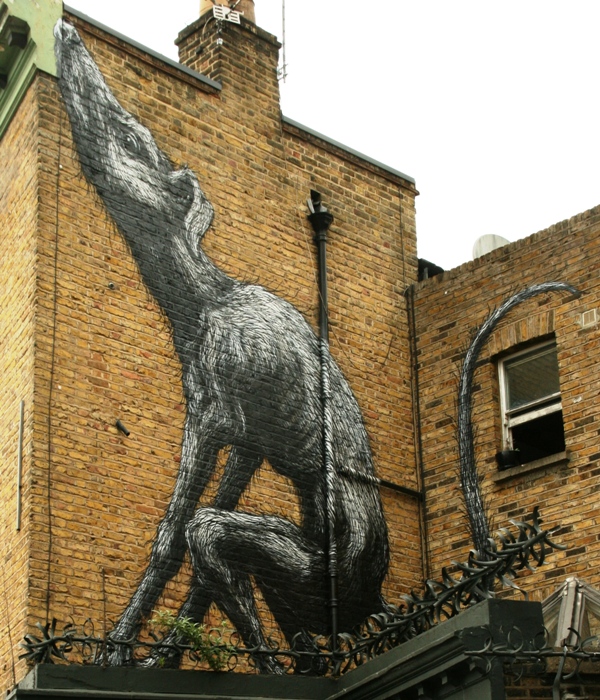
ROA chose to base his composition on a combination of 2 dogs in paintings by 17th century Flemish artists, ‘ Landscape with Sportsmen and Game’ by Adam Pynacker c.1665 and ‘Halt of a Hunting Party’ by Philips Wouwerman (early 1660s)
SPOT THE DOGS IN THE IMAGES BELOW.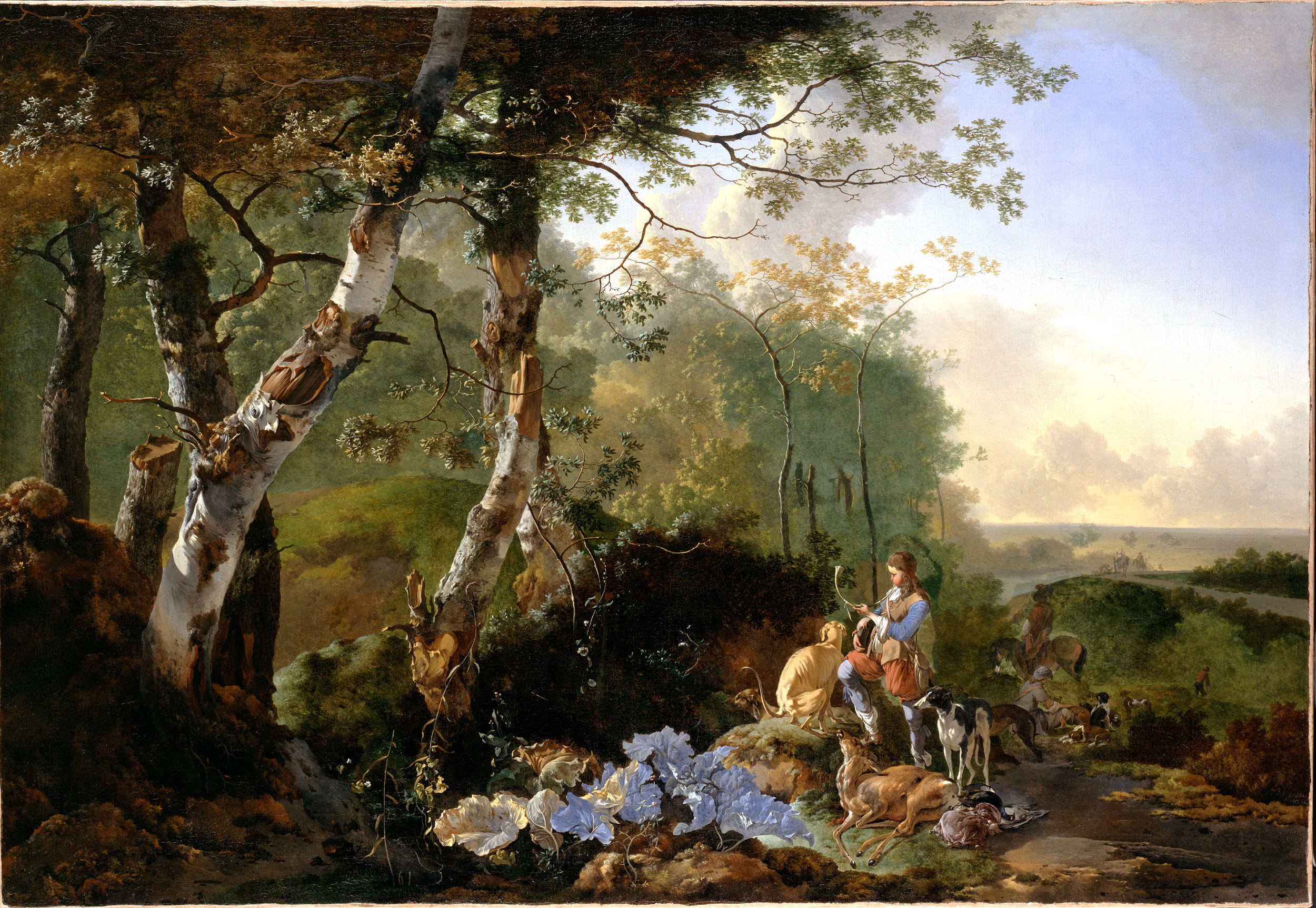
‘Landscape with Sportsmen and Game’ by Adam Pynacker
‘Pynacker spent three years in Italy in the 1640s and on his return to Amsterdam became one of the leading Italianate painters in the Netherlands. This picture has cool tonality, sharp definition, and an almost surreal focus on the foreground group of birches to the left, rendered with illusionistic detail. The blue leaves are the result of a chemical change over time, presumably the result of the fading of the yellow pigment originally mixed with blue to make green. This painting is regarded as one of Pynacker’s outstanding achievements.’ Quote from DPG website
‘Halt of a Hunting Party’ by Philips Wouwerman
‘This is an altogether polite affair: aristocratic couples out hunting with hawks, dogs and a retinue of servants in an airy panoramic landscape. Wouwermans uses colour to focus our eyes on the resting couple on the left - white horse, red cloak green dress, yellow jacket, orange dog. Gesture plays its part too, and Wouwermans has orchestrated a genteel ballet of movement and counter-movement across the frieze of figures. The scene is bracketed by a repeated gesture - the doffing of a hat. In one case, it signifies mere manners, part of the exaggerated fluff of courtship; in the other grim reality - an old beggar asks for alms. The beggar, with - directly below him - the defecating dog, forms a typically Dutch punctuation mark to undercut what could only be described as an access of too much French-ness.’ Quote from DPG website
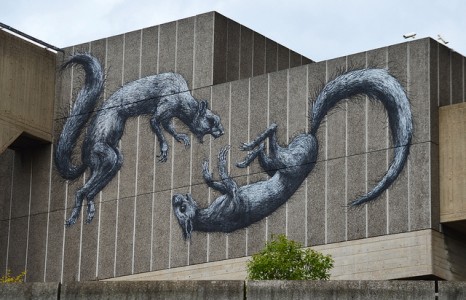
ROA’s most recent work in London (May 2013) can be seen on Queen Elizabeth Hall, in the Southbank Centre.
Dulwich Outdoor Gallery is based on the street art festival ‘Baroque the Streets’ which was organised by Ingrid Beazley from Dulwich Picture Gallery and Richard Howard-Griffin from Street Art London.
There will be future posts on the relationships between the Dulwich Outdoor Gallery murals and their inspiration from Dulwich Picture Gallery paintings.
